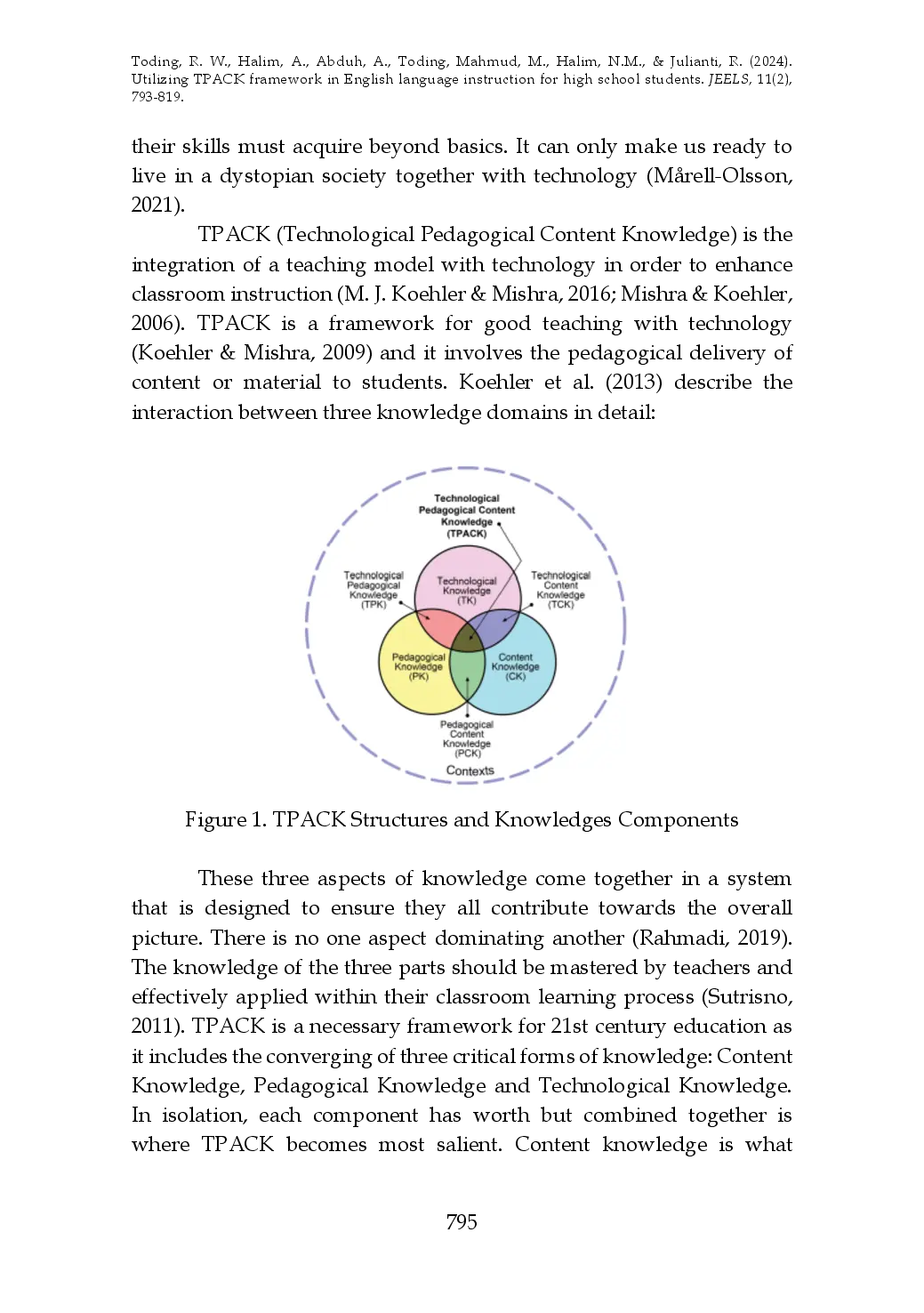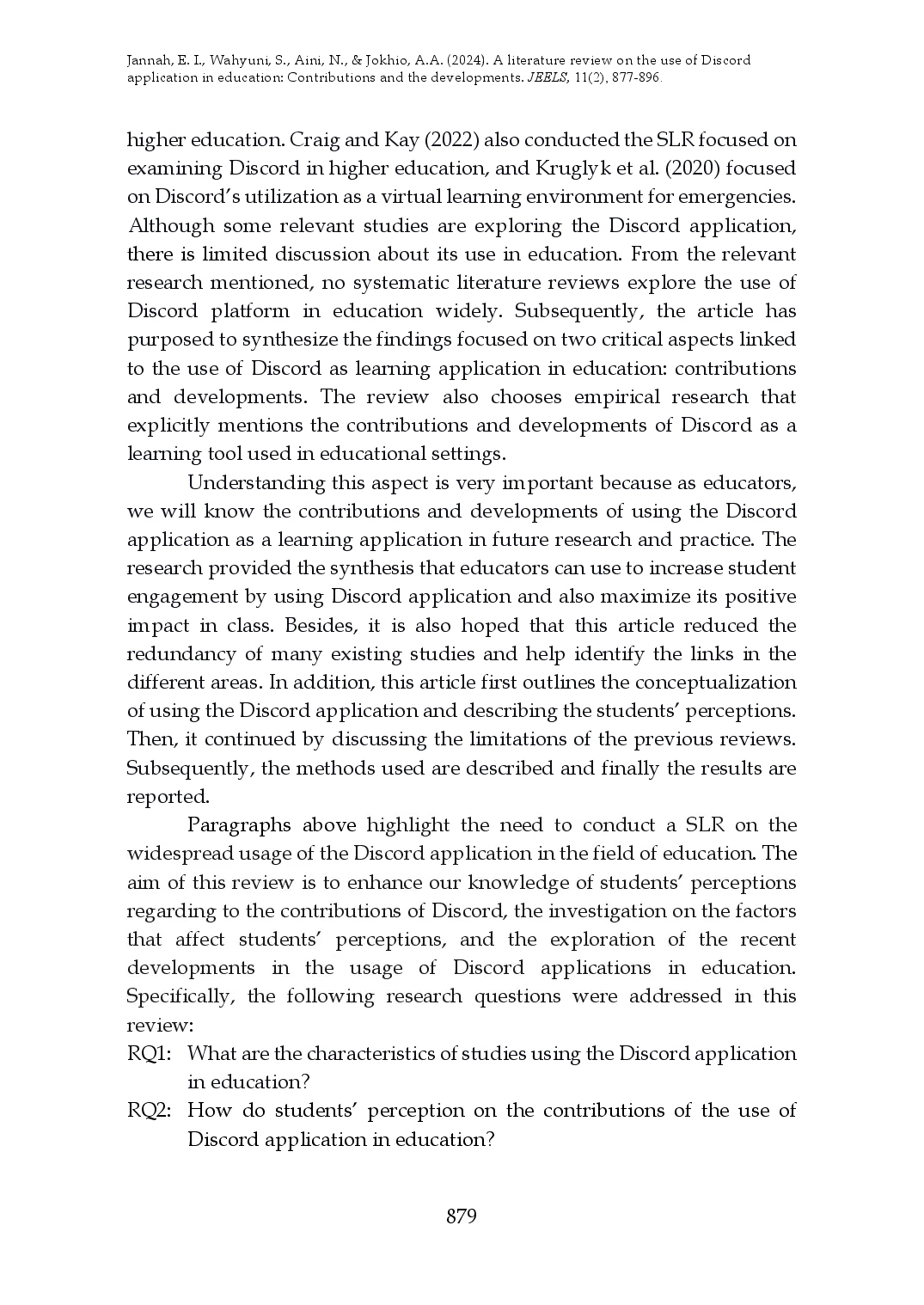UPIUPI
Indonesian Journal of Science and TechnologyIndonesian Journal of Science and TechnologyWater scarcity in extreme climates presents a global challenge directly linked to Sustainable Development Goals (SDGs), particularly SDG 6 (Clean Water and Sanitation). This study introduces an innovative solar still design using nanofluid encapsulation to enhance freshwater production because conventional systems often struggle with limited efficiency. The modified solar still employed sealed glass tubes containing CuO nanofluid, improving solar energy absorption and heat retention because the nanofluid could enhance thermal conductivity. The system maintained higher operational temperatures, increased evaporation and freshwater yield. The encapsulation prevented nanoparticle contamination, ensuring water safety and long-term system stability. This approach demonstrates significant potential to support sustainable freshwater solutions aligned with global SDG targets under harsh environmental conditions.
The experimental results demonstrate a significant enhancement in freshwater productivity and efficiency achieved by the modified solar still compared to the conventional one.The incorporation of modifications, likely involving nanofluids, led to consistently higher outer and inner glass temperatures, indicating improved solar energy absorption and heat retention.This resulted in a substantially greater accumulated freshwater yield, representing an approximate 66.67% improvement over the conventional solar still.
Further research should investigate the long-term stability and performance of the nanofluid encapsulation method under various climatic conditions and operational parameters to ensure its durability and reliability. A comprehensive economic analysis is needed to assess the cost-effectiveness of the modified solar still design, considering the initial investment, maintenance costs, and the value of the increased freshwater production, to determine its viability for widespread implementation. Future studies could explore the optimization of nanofluid concentration, tube arrangement, and glass cover materials to maximize heat absorption and freshwater yield, potentially utilizing computational modeling and simulation techniques to guide experimental design and accelerate the development of even more efficient solar still systems. These investigations should also consider the potential for integrating the nanofluid-enhanced solar still with other renewable energy sources, such as photovoltaic panels, to create hybrid systems that provide both freshwater and electricity, further enhancing sustainability and resource efficiency.
| File size | 941.06 KB |
| Pages | 14 |
| DMCA | ReportReport |
Related /
UPIUPI Penelitian ini menunjukkan bahwa distilasi membran keramik memiliki kinerja pemisahan yang konsisten dalam menghilangkan antibiotik dari limbah cair diPenelitian ini menunjukkan bahwa distilasi membran keramik memiliki kinerja pemisahan yang konsisten dalam menghilangkan antibiotik dari limbah cair di
IAIN KEDIRIIAIN KEDIRI Teknologi memungkinkan siswa belajar sesuai kecepatan dan pilihan mereka. Guru bahasa Inggris menggunakan Quizizz atau Google Classroom untuk mengelolaTeknologi memungkinkan siswa belajar sesuai kecepatan dan pilihan mereka. Guru bahasa Inggris menggunakan Quizizz atau Google Classroom untuk mengelola
IAIN KEDIRIIAIN KEDIRI T-test sampel berpasangan menunjukkan perbedaan yang signifikan dalam keterampilan menulis antara kedua kelas tersebut. T-test sampel independen menunjukkanT-test sampel berpasangan menunjukkan perbedaan yang signifikan dalam keterampilan menulis antara kedua kelas tersebut. T-test sampel independen menunjukkan
UMPWRUMPWR Penelitian ini bertujuan mendeskripsikan analisis kebutuhan strategi pembelajaran fisika di era digital untuk memfasilitasi keterampilan Abad 21 mengakomodasiPenelitian ini bertujuan mendeskripsikan analisis kebutuhan strategi pembelajaran fisika di era digital untuk memfasilitasi keterampilan Abad 21 mengakomodasi
Useful /
INABJINABJ Meskipun CD44 telah banyak diteliti, relevansi prognostik isoformnya—khususnya rasio CD44v6/CD44s—masih belum jelas. Penelitian ini mengevaluasi CD44v6,Meskipun CD44 telah banyak diteliti, relevansi prognostik isoformnya—khususnya rasio CD44v6/CD44s—masih belum jelas. Penelitian ini mengevaluasi CD44v6,
IAIN KEDIRIIAIN KEDIRI Namun, keterbatasan seperti koneksi jaringan yang tidak stabil dan perangkat yang tidak memadai masih menjadi tantangan. Penelitian di masa depan perluNamun, keterbatasan seperti koneksi jaringan yang tidak stabil dan perangkat yang tidak memadai masih menjadi tantangan. Penelitian di masa depan perlu
IAIN KEDIRIIAIN KEDIRI Mahasiswa cenderung memilih penggunaan metode audio-lingual dan CLT, serta menunjukkan preferensi lebih tinggi terhadap pendekatan deduktif sekaligus menginginkanMahasiswa cenderung memilih penggunaan metode audio-lingual dan CLT, serta menunjukkan preferensi lebih tinggi terhadap pendekatan deduktif sekaligus menginginkan
IAIN KEDIRIIAIN KEDIRI Namun, kendala yang diidentifikasi meliputi dukungan teknis, ketidakterampilan penggunaan teknologi, ketidakcocokan perangkat pribadi, kurangnya keterlibatanNamun, kendala yang diidentifikasi meliputi dukungan teknis, ketidakterampilan penggunaan teknologi, ketidakcocokan perangkat pribadi, kurangnya keterlibatan







